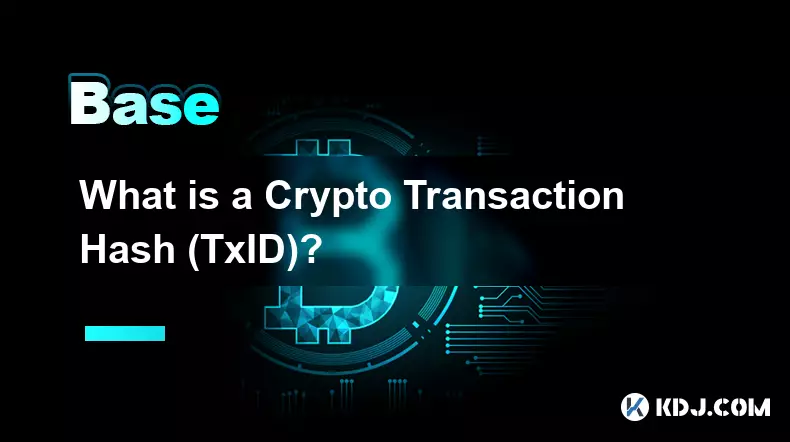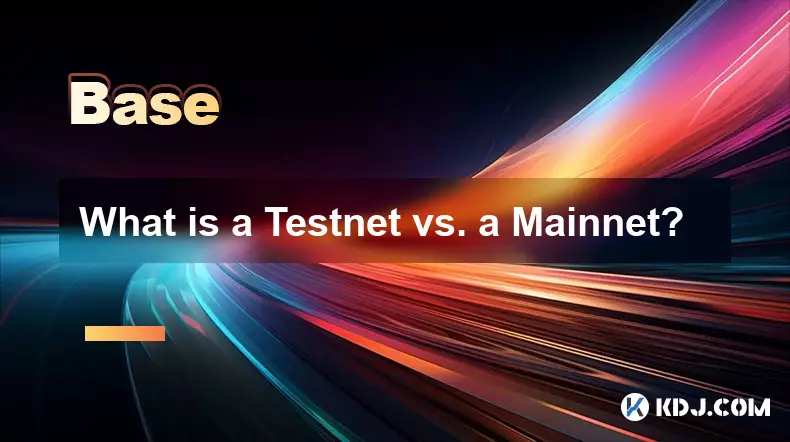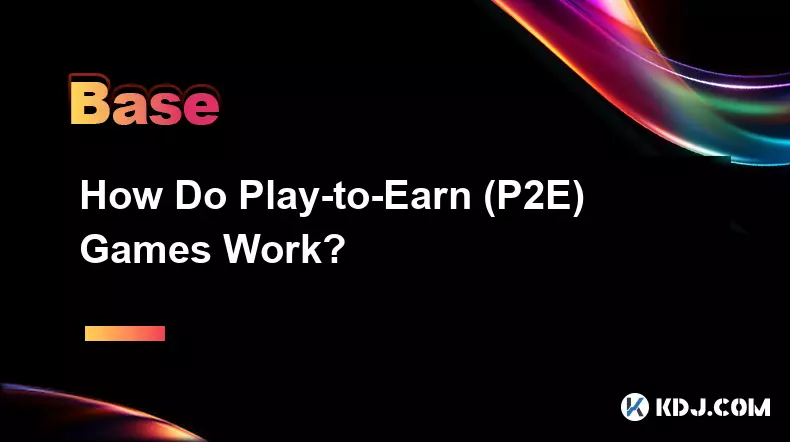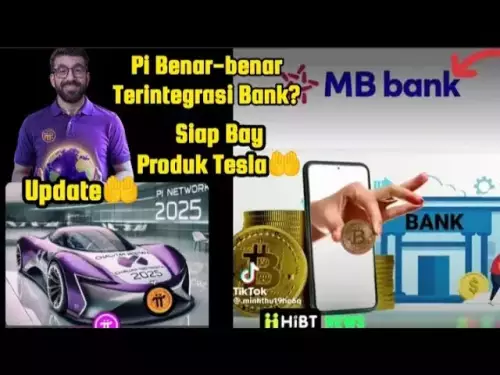-
 Bitcoin
Bitcoin $111100
0.49% -
 Ethereum
Ethereum $4304
0.21% -
 XRP
XRP $2.888
2.36% -
 Tether USDt
Tether USDt $0.9999
-0.03% -
 BNB
BNB $879.1
1.62% -
 Solana
Solana $207.9
2.67% -
 USDC
USDC $0.9998
-0.01% -
 Dogecoin
Dogecoin $0.2320
7.05% -
 TRON
TRON $0.3306
0.59% -
 Cardano
Cardano $0.8407
1.68% -
 Hyperliquid
Hyperliquid $48.50
3.55% -
 Chainlink
Chainlink $22.52
0.46% -
 Ethena USDe
Ethena USDe $1.001
-0.02% -
 Sui
Sui $3.395
0.74% -
 Bitcoin Cash
Bitcoin Cash $602.5
0.82% -
 Stellar
Stellar $0.3645
1.67% -
 Avalanche
Avalanche $24.82
0.93% -
 Hedera
Hedera $0.2211
0.99% -
 UNUS SED LEO
UNUS SED LEO $9.606
0.00% -
 Cronos
Cronos $0.2583
-2.44% -
 Litecoin
Litecoin $113.7
0.82% -
 Toncoin
Toncoin $3.094
0.39% -
 Shiba Inu
Shiba Inu $0.00001254
1.50% -
 Polkadot
Polkadot $4.040
4.96% -
 Uniswap
Uniswap $9.429
0.08% -
 Dai
Dai $0.9999
-0.01% -
 Ethena
Ethena $0.7629
3.04% -
 World Liberty Financial
World Liberty Financial $0.2111
-13.16% -
 Monero
Monero $269.9
0.50% -
 Aave
Aave $300.9
-0.41%
How to do Your Own Research (DYOR) in Crypto?
A strong crypto project combines a clear whitepaper, solid tokenomics, transparent team, audited code, real-world utility, and active community engagement.
Sep 08, 2025 at 08:00 am

Understanding the Foundations of Crypto Projects
1. Every cryptocurrency project starts with a foundational whitepaper. This document outlines the technology, purpose, and roadmap of the project. Reading the whitepaper thoroughly helps identify whether the project solves a real-world problem or merely imitates existing solutions.
2. Examine the blockchain architecture. Is the project built on its own chain or a layer over an existing network like Ethereum or Solana? Understanding scalability, consensus mechanism, and transaction speed gives insight into technical viability.
3. Look into tokenomics. This includes total supply, distribution model, inflation rate, and utility of the token within the ecosystem. A project with a large portion of tokens held by insiders or allocated for private sales may pose centralization risks.
4. Check for open-source code. Projects that publish their code on platforms like GitHub allow the community to audit and verify security. Absence of public code should raise red flags.
5. Investigate the problem the project claims to solve. Is there actual demand? Are there existing competitors? A unique value proposition backed by data strengthens credibility.
Evaluating the Team and Community
1. The credibility of the development team is crucial. Research the backgrounds of core members on LinkedIn or professional networks. Teams with prior experience in blockchain, cybersecurity, or fintech are more likely to execute their vision.
2. Anonymous teams aren't automatically untrustworthy, but they increase risk. Projects with doxxed founders who have a track record in the industry inspire more confidence.
3. Analyze the community engagement. Active Discord, Telegram, and Twitter channels with meaningful discussions indicate organic interest. Beware of groups filled with repetitive promotional messages or bots.
4. Look for transparency in communication. Regular updates, AMAs (Ask Me Anything sessions), and responsiveness to user questions reflect a committed team.
5. High levels of community skepticism or unresolved complaints about delays, broken promises, or poor communication are strong indicators of potential issues.
Assessing Security and External Validation
1. Third-party audits are essential. Reputable firms like CertiK, PeckShield, or SlowMist review smart contracts for vulnerabilities. A project without audit reports, or one with unresolved critical findings, is inherently riskier.
2. Review past incidents. Has the project suffered hacks, rug pulls, or exploits? How did the team respond? Transparent post-mortems and compensation plans demonstrate accountability.
3. Check exchange listings. Presence on major platforms like Binance, Coinbase, or Kraken requires rigorous vetting. Projects only available on obscure decentralized exchanges may lack legitimacy.
4. Monitor on-chain activity using tools like Etherscan or Solscan. Unusual wallet movements, such as large transfers from developer addresses, can signal manipulation or dumping.
5. Independent research from analysts, crypto journalists, or YouTube reviewers can provide diverse perspectives, but always verify their sources and avoid blindly following influencers.
Utilizing On-Chain and Market Data
1. Track liquidity and trading volume. Low volume paired with high price volatility often indicates low market interest or potential manipulation by whales.
2. Use platforms like Dune Analytics to explore user growth, transaction trends, and contract interactions. Real usage metrics matter more than hype.
3. Study wallet distribution. If a small number of addresses hold the majority of tokens, the asset is prone to price manipulation and sudden sell-offs.
4. Monitor staking and yield farming participation. High engagement in decentralized finance (DeFi) protocols tied to the token can reflect confidence in long-term value.
5. Sudden spikes in social mentions without corresponding developments often precede pump-and-dump schemes and should be approached with caution.
Frequently Asked Questions
What tools can I use to analyze a cryptocurrency’s price history?TradingView offers detailed candlestick charts and technical indicators. CoinGecko and CoinMarketCap provide historical price data, market cap trends, and volume analysis across exchanges.
How do I verify if a crypto project’s social media is authentic?Check for verification badges on Twitter and Telegram. Compare follower engagement quality—real communities have varied discussions, while fake ones show repetitive copy-pasted messages. Cross-reference announcements with the official website.
What are red flags in a token’s smart contract?Unverified contracts on block explorers, functions that allow developers to mint unlimited tokens, or blacklisting capabilities are dangerous. Use tools like TokenSniffer or RugDoc to scan for risks.
Can I trust ratings from crypto review platforms?Some platforms provide valuable insights, but many lack transparency in their methodology. Always cross-check their claims with primary sources like audits, code repositories, and official communications.
Disclaimer:info@kdj.com
The information provided is not trading advice. kdj.com does not assume any responsibility for any investments made based on the information provided in this article. Cryptocurrencies are highly volatile and it is highly recommended that you invest with caution after thorough research!
If you believe that the content used on this website infringes your copyright, please contact us immediately (info@kdj.com) and we will delete it promptly.
- Backpack Exchange: Europe's New Frontier for Perpetual Crypto Trading
- 2025-09-08 17:05:14
- Paxos USDH: Stablecoin Innovation with Token Buybacks and Reserve Fund
- 2025-09-08 16:45:14
- Lyno AI: The Smart Crypto Bet Beyond Ethereum and Bitcoin?
- 2025-09-08 16:45:14
- Decoding Crypto Returns: How BlockDAG is Redefining Investment in 2025
- 2025-09-08 17:05:14
- Worldcoin (WLD) Price Pumping: Decoding the Rally
- 2025-09-08 16:50:12
- Lyno AI vs. XRP: The Investment Showdown of 2025
- 2025-09-08 17:50:12
Related knowledge

What is a Crypto Transaction Hash (TxID)?
Sep 07,2025 at 01:18pm
Understanding the Role of a Crypto Transaction Hash1. A crypto transaction hash, often referred to as TxID, is a unique identifier generated when a tr...

What is On-Chain and Off-Chain Data?
Sep 07,2025 at 04:55pm
Understanding On-Chain Data1. On-chain data refers to all information that is recorded directly on a blockchain. Every transaction, smart contract exe...

What is a Testnet vs. a Mainnet?
Sep 08,2025 at 05:55am
Understanding the Core Differences Between Testnet and Mainnet1. A Testnet is a parallel blockchain network used exclusively for testing purposes. Dev...

How to do Your Own Research (DYOR) in Crypto?
Sep 08,2025 at 08:00am
Understanding the Foundations of Crypto Projects1. Every cryptocurrency project starts with a foundational whitepaper. This document outlines the tech...

What is a Bull Market vs. a Bear Market?
Sep 08,2025 at 11:00am
Bull Market Characteristics in the Cryptocurrency Space1. Prices across major digital assets experience sustained upward momentum, often driven by inc...

How Do Play-to-Earn (P2E) Games Work?
Sep 07,2025 at 10:54am
Understanding the Core Mechanics of Play-to-Earn Games1. Play-to-Earn (P2E) games operate on blockchain technology, allowing players to earn cryptocur...

What is a Crypto Transaction Hash (TxID)?
Sep 07,2025 at 01:18pm
Understanding the Role of a Crypto Transaction Hash1. A crypto transaction hash, often referred to as TxID, is a unique identifier generated when a tr...

What is On-Chain and Off-Chain Data?
Sep 07,2025 at 04:55pm
Understanding On-Chain Data1. On-chain data refers to all information that is recorded directly on a blockchain. Every transaction, smart contract exe...

What is a Testnet vs. a Mainnet?
Sep 08,2025 at 05:55am
Understanding the Core Differences Between Testnet and Mainnet1. A Testnet is a parallel blockchain network used exclusively for testing purposes. Dev...

How to do Your Own Research (DYOR) in Crypto?
Sep 08,2025 at 08:00am
Understanding the Foundations of Crypto Projects1. Every cryptocurrency project starts with a foundational whitepaper. This document outlines the tech...

What is a Bull Market vs. a Bear Market?
Sep 08,2025 at 11:00am
Bull Market Characteristics in the Cryptocurrency Space1. Prices across major digital assets experience sustained upward momentum, often driven by inc...

How Do Play-to-Earn (P2E) Games Work?
Sep 07,2025 at 10:54am
Understanding the Core Mechanics of Play-to-Earn Games1. Play-to-Earn (P2E) games operate on blockchain technology, allowing players to earn cryptocur...
See all articles

























































































